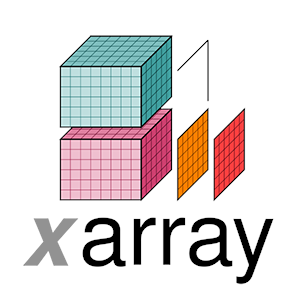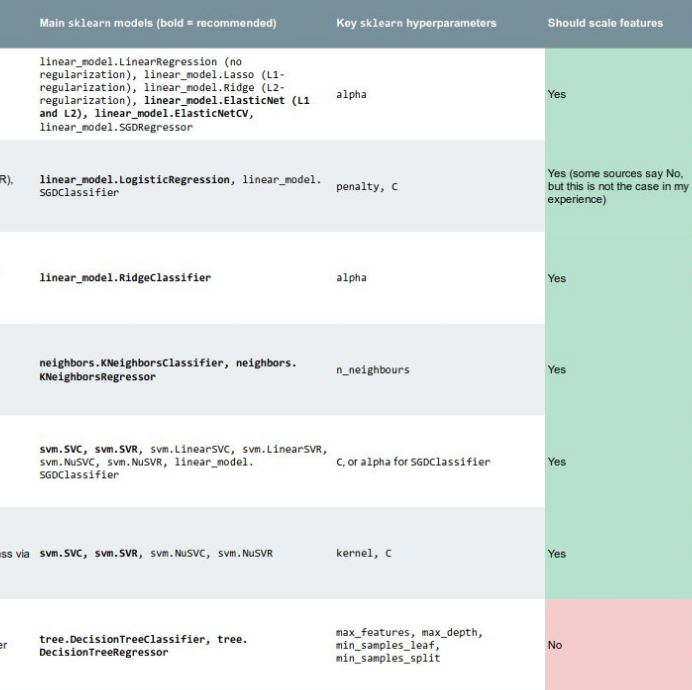News of the month
/Our more-or-less regular news round-up is here again. News tips?
Geophysics giant
On Monday the French geophysics company CGGVeritas announced a deal to buy most of Fugro's Geoscience division for €1.2 billion (a little over $1.5 billion). What's more, the two companies will enter into a joint venture in seabed acquisition. Fugro, based in the Netherlands, will pay CGGVeritas €225 million for the privilege. CGGVeritas also pick up commercial rights to Fugro's data library, which they will retain. Over 2500 people are involved in the deal — and CGGVeritas are now officially Really Big.
Big open data?
As Evan mentioned in his reports from the SEG IQ Earth Forum, Statoil is releasing some of their Gullfaks dataset through the SEG. This dataset is already 'out there' as the Petrel demo data, though there has not yet been an announcement of exactly what's in the package. We hope it includes gathers, production data, core photos, and so on. The industry needs more open data! What legacy dataset could your company release to kickstart innovation?
 Journal innovation
Journal innovation
Again, as Evan reported recently, SEG is launching a new peer-reviewed, quarterly journal — Interpretation. The first articles will appear in early 2013. The journal will be open access... but only till the end of 2013. Perhaps they will reconsider if they get hundreds of emails asking for it to remain open access! Imagine the impact on the reach and relevance of the SEG that would have. Why not email the editorial team?
In another dabble with openness, The Leading Edge has opened up its latest issue on reserves estimation, so you don't need to be an SEG member to read it. Why not forward it to your local geologist and reservoir engineer?
Updating a standard
It's all about SEG this month! The SEG is appealing for help revising the SEG-Y standard, for its revision 2. If you've ever whined about the lack of standardness in the existing standard, now's your chance to help fix it. If you haven't whined about SEG-Y, then I envy you, because you've obviously never had to load seismic data. This is a welcome step, though I wonder if the real problems are not in the standard itself, but in education and adoption.
The SEG-Y meeting is at the Annual Meeting, which is coming up in November. The technical program is now online, a fact which made me wonder why on earth I paid $15 for a flash drive with the abstracts on it.
Log analysis in OpendTect
 We've written before about CLAS, a new OpendTect plug-in for well logs and petrophysics. It's now called CLAS Lite, and is advertised as being 'by Sitfal', though it was previously 'by Geoinfo'. We haven't tried it yet, but the screenshots look very promising.
We've written before about CLAS, a new OpendTect plug-in for well logs and petrophysics. It's now called CLAS Lite, and is advertised as being 'by Sitfal', though it was previously 'by Geoinfo'. We haven't tried it yet, but the screenshots look very promising.
This regular news feature is for information only. We aren't connected with any of these organizations, and don't necessarily endorse their products or services. Except OpendTect, which we definitely do endorse.

















 Except where noted, this content is licensed
Except where noted, this content is licensed